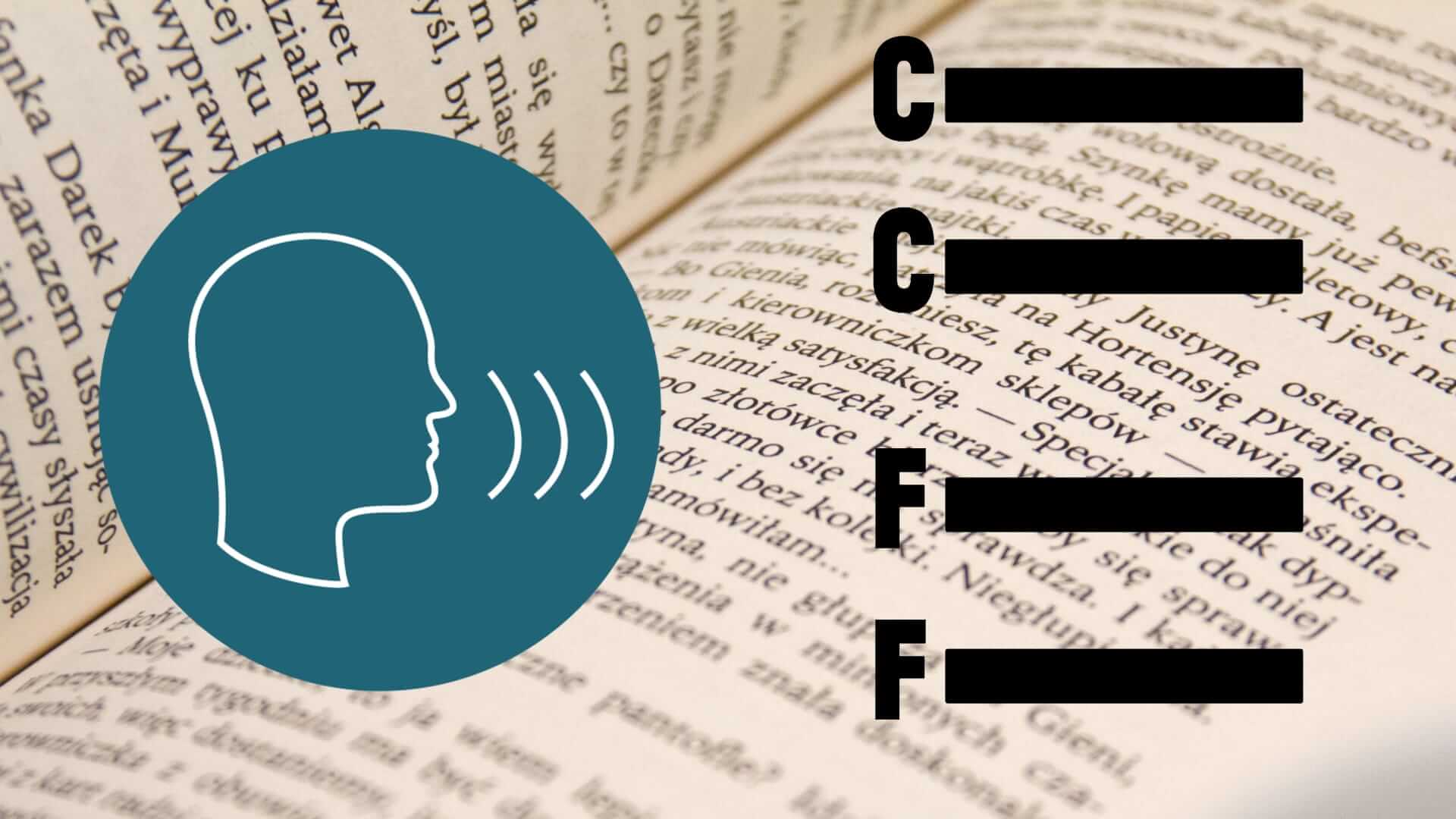Peter Piper picked a pickled pepper, put it in his tupper-cupboard and ate it late for supper. Believe it or not, that line is emblematic of consonance – but what is consonance? We’re going to answer that question by outlining a consonance definition, and by exploring consonance examples in poetry/literature. By the end, you’ll know how to recognize consonance, and implement it in your own works.
Consonance Meaning
First, let's define consonance
When all you have is words to make an argument, describe a situation, or communicate with dialogue, you're going to want to know every trick in the book. Consonance is just one of these tools and when wielded with precision, it can turn simple written language into something much greater.
But without further ado, let’s define consonance!
CONSONANCE DEFINITION
What is consonance?
Consonance is the repetition of similar sounds – or consonants (non-vowels) – in language. Consonance is used by writers to communicate rhythm, mood, and flow. Alliteration is a subtype of consonance that requires the similar sounds be placed at the beginning of closely connected words.
Consonance Examples:
- Hickory dickory dock
- Peter Piper picked a peck of pickled peppers
- She sells seashells by the seashore
What’s a Consonance?
Consonance vs alliteration & assonance
When learning about language devices, many people ask “what is the difference between consonance and assonance?” And that’s a great question: if consonance is defined by the repetition of the same consonant sounds, then assonance is defined by the repetition of the same assonant sounds.
A consonant is a sound that is articulated with a complete or partial closure of the vocal tract. Consonant sounds are associated with the letters B, C, D, F, G, J, K, L, M, N, P, Q, S, T, V, X, Z, and often (but not always), H, R, W, Y.
An assonant is a sound that is articulated with a vowel. Assonant sounds are associated with the letters A, E, I, O, U.
For more on assonance and consonance, check out this video from The Oregon State University School of Writing, Literature, and Film:
Consonance Literary Definition • What are Assonance and Consonance? By Oregon State University
Alliteration is a type of assonance/consonance where the associated assonant or consonant sound is repeated at the beginning of closely connected words.
Example of alliteration: Jimmy jaunts to jilting haunts.
Poets use assonance, consonance, and alliteration to impart rhythm and flow to their readers. With those distinctions out of the way, let’s move on to some consonance examples!
Related Posts
Consonance Meaning and Examples
Consonant characters explained
Have you ever noticed that some of the world’s most famous characters have alliterative names?
- Bilbo Baggins
- Bruce Banner
- Clark Kent
- Don Draper
- Donnie Darko
- Dick Dastardly
- Jessica Jones
- Matt Murdock
- Peter Parker
- Stephen Strange
- Wally West
- Willy Wonka
- Walter White
Alliterative names roll off the tongue easily, which is perhaps why they’re commonly used by writers. But did you notice that the alliterative names above are all consonants?
Assonant alliterative names are far less common. However, there are some; Otto Octavius with an unstressed “c” from Spider-Man is one example.
Just remember, not all examples of consonance are alliterative, and not all examples of alliteration are consonant. Here a couple examples:
- Consonance, but not alliterative: Teddy Reddish
- Alliterative, but not consonant: Ally Armstrong
Examples of consonance don’t necessarily need to rhyme, evident by the “Teddy Reddish” example above.
Related Posts
What is Consonance in Writing?
Consonance examples in writing
Consonance has been used in literature for hundreds of years. Let’s take a look at a few examples!
Here’s a great consonance example from Edgar Allan Poe’s The Raven:
- “And the silken, sad, uncertain rustling of each purple curtain
Thrilled me – filled me with fantastic terrors never felt before”
Poe actually utilizes two consonant patterns in this excerpt – a sibilant “S” sound in the first line and a hard “F” sound in the second.
William Shakespeare also loved using consonance, particularly at the end of words. Here’s a great example of a poem with consonance, from Shakespeare’s Sonnet 64:
- “Increasing store with loss and loss with store”
Notice anything special about the flow of that line? Let’s break down the meter: In(1)-creas(2)-ing(3) store(4) with(5) loss (6) and (7) loss (8) with (9) store (10). In this line, the consonant sound is stressed off-syllable, on even numbers 2/4/6/8/10. This gives the line a great flow; even if it is simply relying on mostly corresponding the words “store” and “loss.”
This next example from Run-DMC took a tongue-twister and cranked the amp up to 11.
- “Now Peter Piper picked peppers, but Run rapped rhymes.
Humpty Dumpty fell down, that's his hard time.
Jack B. Nimble, what, nimble, and he was quick,
But Jam Master was faster, Jack saw Jay's dick.”
This example contains nearly a handful of consonance continuations: the “P” sound in the first two lines, the “R” sound in the first two lines, the “J” sound in the last two lines, and the “B” sound in the last two lines.
If you want to hear the song in all its beat-blistering glory, check it out below.
Effects of Consonance in Poetry • Consonance in Run- DMC’s Peter Piper
Consonance is a huge part of hip-hop. For further proof, check out the great works of Tupac Shakur, Grandmaster Flash and the Furious Five, and Eminem.
Related Posts
Up Next
Explore more literary devices
Consonance is just one of many literary devices and types of figurative language, including alliteration, assonance, and repetition. If you're a writer and want to develop your craft fully, do yourself a favor and continue this exploration. The next article on literary devices is a gateway to many of these tools that help add substance and style to any type of written work.
